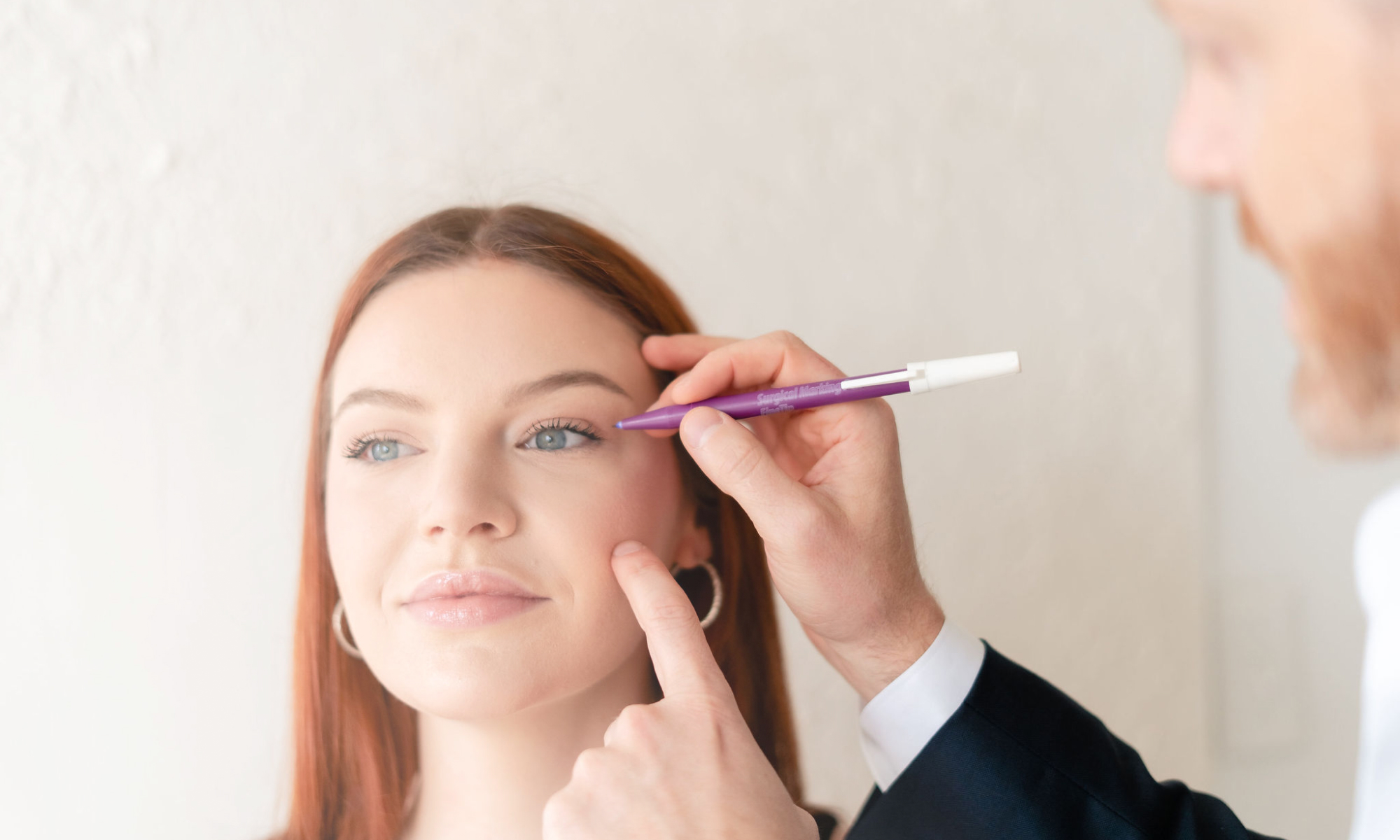How the Face Ages
Aging is defined by the three "Ds": deterioration, deflation, and descent.
- Deterioration of the skin: Loss of elasticity and collagen is enhanced with resurfacing (laser, Morpheus8) paired with a facelift.
- Deflation of fat: Fat transfer to the face (taken from the body) or simply restoring fat pocket position during facelift surgery accomplishes this.
- Descent: With age, the ligaments relax and create "speed bumps" on the face (nasolabial folds, marionette lines, etc). During a facelift, these ligaments are released, the deep layer of muscle is repositioned, and the excess skin is trimmed carefully.
Additional Reading
As you age, it is common for your skin to lose its natural resilience and youthful elasticity. Genetics, lifestyle, and environmental factors (like sun damage and chemical exposure) work against healthy skin. Even the most robust and dedicated skincare routine often can’t keep up. When this happens, wrinkles and creases form and become permanent, and a loss of volume in key places can lead to a tired, weathered appearance.
Common age-related concerns include:
- Jowls
- Double chin
- Turkey neck
- Sagging skin
- Wrinkles and fine lines
- Volume loss in the cheeks
- Deepening folds around the mouth
- Displaced or diminished fat deposits


















